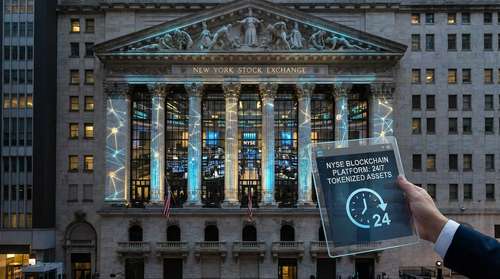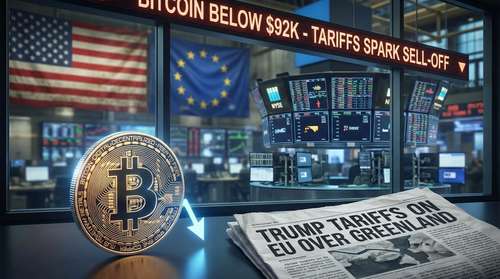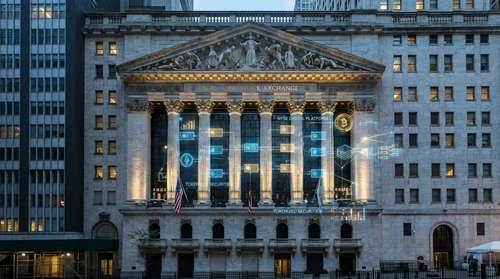In September 2024, the Federal Reserve implemented a rate cut, signaling a shift in monetary policy. Since this policy began, US bank stocks have been seeing a notable rise in value.
Understanding the relationship between interest rate cuts and inflation is important for anyone who saves or invests, especially now more than ever before.
When central banks, like the Federal Reserve, reduce interest rates, it not only impacts borrowing and spending but also the returns on savings and investment products. That's why you need to stay informed on interest rate cuts, its influence on inflation and monetary value, and how you can make the most out of it.
What Are Interest Rate Cuts?
An interest rate cut happens when the country’s central bank decreases the rates at which secondary banks borrow from the central bank or the central bank from itself. This causes a decline in the rationing of funds by the financial institutions which then enables these institutions to lend to their customers at lesser rates. An example of this in the US is the recent Fed rate cuts.
The Relationship Between Rate Cuts and Inflation
Rate cuts help the consumers and businesses to borrow at lower rates than before. As a result, the economy will experience more spending and investment, leading to more need for goods and services. When the demand increases, businesses might respond by raising the prices which could drive inflation up again.
In simpler terms, low or reduced interest rates stimulate the economy in terms of borrowing because money becomes cheap. Since this extra demand is in most situations followed by more spending, there will be a rise in prices as firms seek to adjust to the increased consumption. This is the reason inflation levels can also rise after extensive rate reductions particularly where the economy is already at or near its limit or where demand exceeds supply.
Why Central Banks Cut Rates
Rate cuts are strategies meant to boost slowing economies. In a recession, cutting levels of interest rates is the way out to increase borrowing. Where there is borrowing, there will be consumer spending and subsequent business investment. For example, during the COVID -19 pandemic, the Fed reacted with cuts in a series of rates because the economy had come to a complete standstill.
While these cuts can increase economic activities, they are not without their own dangers. The first one is inflation. Whenever the amount of money in circulation rises and consumers demand more than the suppliers can offer, the prices of goods rise.
Managing Inflation Through Rate Adjustments
The connection between rate cuts and inflation explains the difficulty of balancing that central banks often face. While lower rates can fuel economic recovery and expansion, they can also lead to inflationary pressures. This is why central banks often adopt a measured approach when cutting rates, being careful not to stimulate the economy too much too quickly.
Conversely, increasing interest rates is the central bank's primary tool to cool down inflation. Higher interest rates make borrowing more expensive, which discourages consumer spending and business investment. As demand decreases, businesses are less likely to raise prices, thereby slowing inflation. Rate hikes are used to curb excessive demand and bring inflation under control.
Closing Note
Beyond inflation, interest rate cuts influence several other key economic factors, including employment, the housing market, and business profitability. Without doubt, interest rate cuts are a powerful tool for managing economic growth and inflation, but central banks must understand how to use this strategy to stimulate the economy at every point in time.




